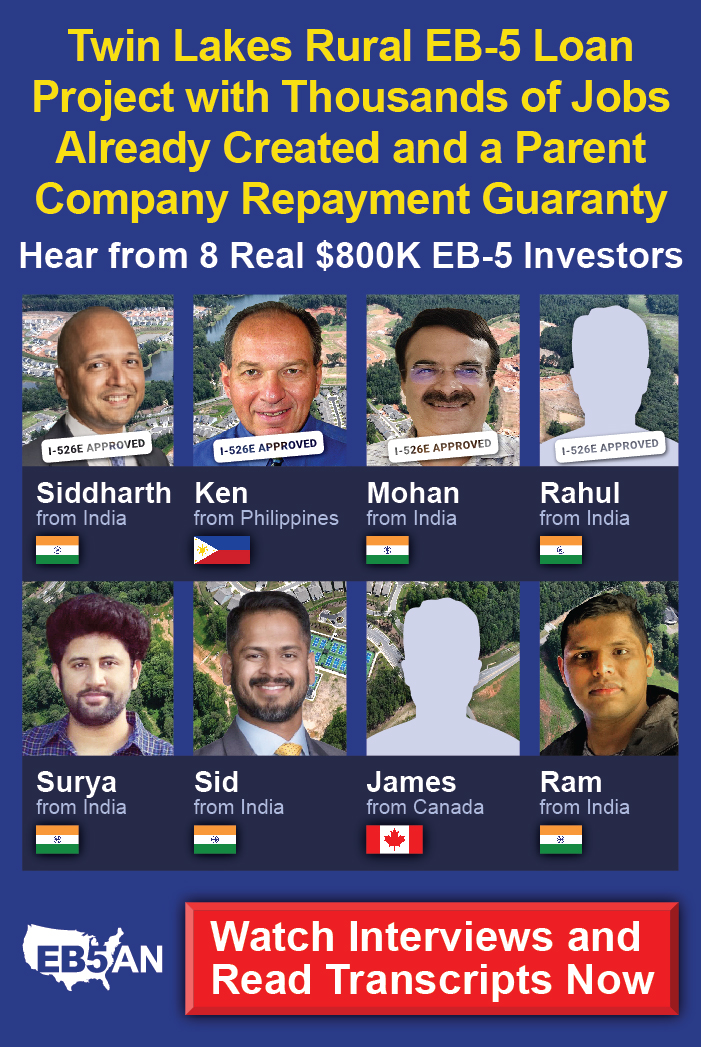EB5 Affiliate Network (EB5AN)’s free guidebook for students from the Philippines, Studying in the U.S.A. – A Guidebook for Students from the Philippines, can help Filipino students navigate the challenges of pursuing a U.S. degree.
This guidebook teaches students from the Philippines how to go about pursuing a university education in the U.S., including such information as finding and applying to the ideal university and obtaining a U.S. visa. Equipped with various checklists, the guidebook is a Filipino student’s go-to resource to ensure proper paperwork. Filipino students can also learn about the U.S. medical and banking systems as well as how to communicate with their U.S. peers. A breakdown of the main cultural differences between the U.S. and the Philippines is also included.
Download “Studying in the U.S.A. – A Guidebook for Students from the Philippines
Thousands of students from the Philippines study in the U.S. each year, and this figure is projected to rise in the future. For all the future Filipino international students in the U.S., this guidebook provides streamlined, straightforward information to make the dream of a U.S. education a reality.
Brief Background on International Students Hailing from the Philippines
The Philippines represents one of the top countries in Asia that sends students to the U.S. for a world-renowned education. While the number of students from the Philippines isn’t the highest on the continent, it does represent a significant number of youth endeavoring to change their lives with a U.S. education. Statistics suggest around 3,320 students from the Philippines were en route to a U.S. degree in 2019, a figure that only a few other Asian countries, such as India and Pakistan, surpassed.
Economic Statistics for the Philippines
With a steady year-over-year GDP growth rate of around 6%, the Philippines is surely and steadily climbing the global economic ladder. While the Filipino GDP was the 28th-highest in the world in 2019, the country’s massive population pushes the per-capita GDP down to a mere $8,900. With inflation at 2.4%, Filipinos face the risk of their money quickly losing value, which is concerning for the roughly 21% of Filipinos living under the poverty line. More than half of the country is employed in services, with around a quarter working in agriculture. Approximately 5% of the country has no job at all.
Trend of Filipino Students Seeking an Education in the U.S.
The number of students from the Philippines enrolled in U.S. higher education institutes continues to grow , even though Filipino students have more and more access to home-grown educational opportunities and can pursue knowledge through various online learning platforms, such as Udemy, Coursera, and edX. Universities in Manila are even attracting international students from elsewhere in Asia.
There is one major problem international students from the Philippines are facing, however: the continuously growing tuition rates in the U.S. According to the Wall Street Journal, U.S. tuition rates have jumped a whopping 500% since 1987. Nonetheless, the demand for a degree from the U.S. remains high, with the number of international students increasing by 85% from 2005 to 2015.
International students usually have to shell out around $22K per year for a public university to $50K for a private university. Fees for international students at both public and private schools are generally three to four times higher than those for citizens and permanent residents.
How International Students from the Philippines Can Obtain Lower Tuition Fees
The EB-5 program offers a U.S. green card in exchange for a qualifying investment, and it can be a superb way for Filipino international students to decrease their tuition fees. With a green card, students from the Philippines could save thousands by paying the in-state tuition rates meant for residents instead of the exorbitant fees for international students.
Moreover, permanent resident status allows Filipino students to more easily enter U.S. colleges and universities, with universities offering more slots to citizens and permanent residents than international students. The door also opens up to more scholarship awards and grants.
Any student from the Philippines hoping to pursue a U.S. education should keep moving forward toward their goal. EB5AN is here to assist Filipino students, whether they go for a student visa or an EB-5 green card.


 (1) (1).jpg)








